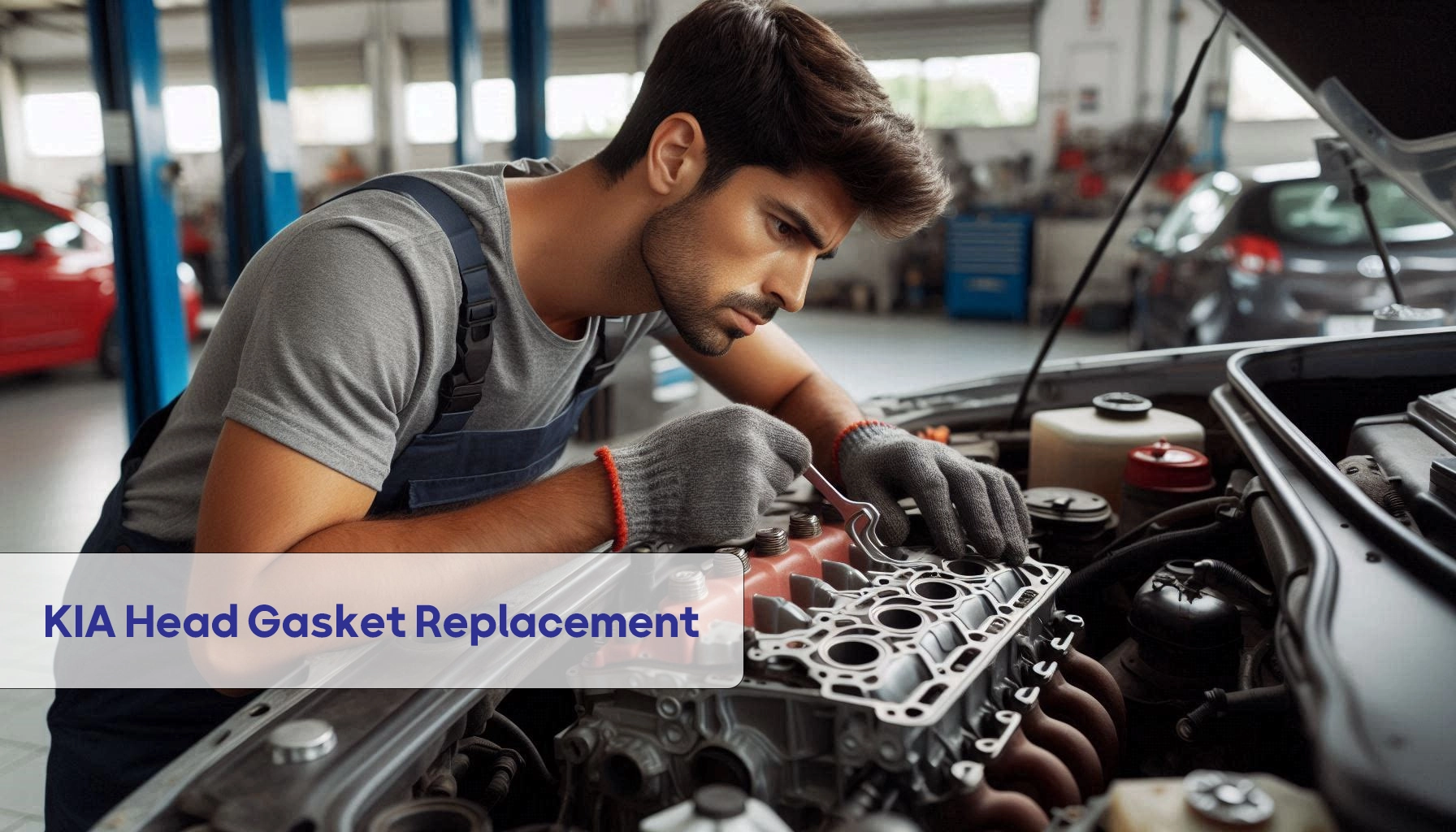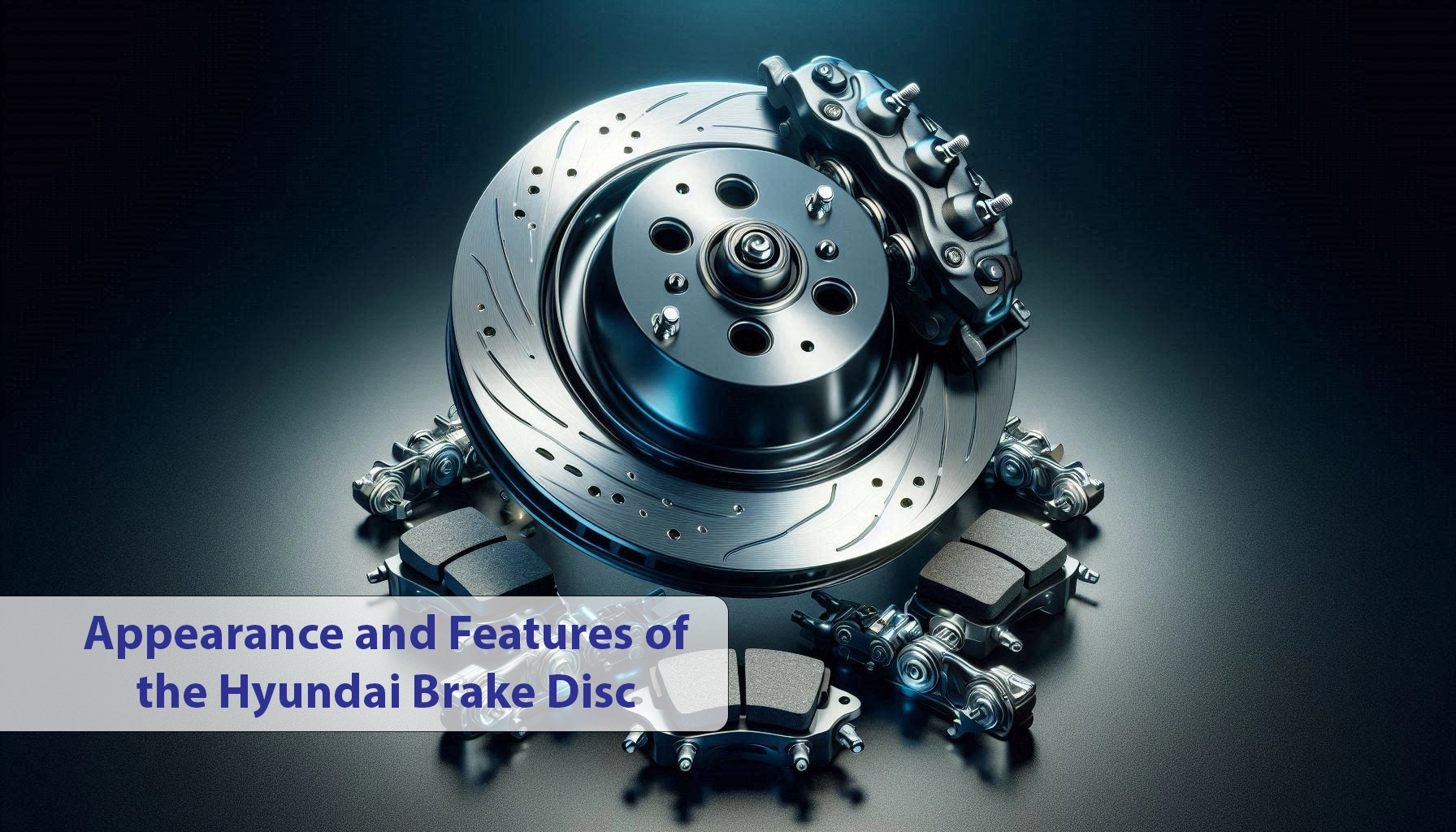The connecting rods are important parts of an engine that help it run smoothly. They connect the pistons to the crankshaft, which makes the engine turn and produce power. These parts are strong enough to handle the engine’s force and pressure, but they also need some space to move around a little bit. This helps keep the engine from getting too hot and damaged. If the space is too much or too little, it can cause problems and harm the engine.
In this blog post, we will explain how connecting rods work, what happens when they are not working properly, and how you can tell if there is a problem.

Should connecting rods have play on the crankshaft?
The answer is yes, but not too much. Connecting rods have bearings that allow them to rotate freely on the crankshaft journals. These bearings need a certain amount of clearance or gap between them and the journal surface to prevent metal-to-metal contact and friction. This clearance is also necessary to accommodate the thermal expansion of the metal parts when the engine heats up and to allow the oil to form a thin film that lubricates and cools the bearings.
The distance between two essential engine parts, the connecting rod, and the crankshaft, is significant for the engine to work correctly. This distance, called clearance, depends on many things, such as the size, type, and material of these parts, as well as how fast the engine runs, how hard it works, and how hot it gets.
Usually, the clearance is between 0.001 and 0.003 inches for most engines. The engine can break down too soon if the distance is too small. If the distance is too big, the engine can stop working suddenly and cause much damage.
Are connecting rods supposed to be loose or tight?
When it comes to connecting rods, it’s essential to ensure they are not too loose or tight but just snug and secure. These rods are connected to the pistons by small pins called wrist pins. These pins need space to move around and be lubricated, so they fit into holes in the piston and rod with a little room to spare. The wrist pins can fit tightly or move around a bit, depending on the engine.
When making an engine, you can use two types of wrist pins: press-fit wrist pins and floating wrist pins.
Press-fit wrist pins are used in everyday cars, and they keep the rods and pistons from moving around. On the other hand, floating wrist pins are used in high-performance race cars that need to work harder. They can move and are held in place by clips or buttons.
The ideal fit between the wrist pin and the rod/piston depends on many factors, such as the size and material of the parts and how fast the engine runs. The fit should be somewhere between 0.0002 and 0.0015 inches for most engines. If the fit is too tight, it can cause damage to the rod or piston, while if it’s too loose, it can cause rattling or even wear out the parts. So, getting the right fit for each engine is essential to ensure it works well and lasts a long time.
Which wrist pin is used in high-performance race cars, and which is used in everyday vehicles?
The difference between press-fit and floating wrist pins is how they are attached to the connecting rods and the pistons. Press-fit wrist pins are tightly fitted into the rod and the piston and do not move relative to them. Floating wrist pins are loosely fitted into the rod and the piston and can move slightly within them. They are held in place by retaining clips or buttons, which prevent them from sliding out of the holes.

Race cars that go vroom vroom use floating wrist pins, while everyday cars use press-fit wrist pins. Why? Because race cars go fast and get hot, they need wrist pins that can reduce friction and wear and stay aligned and lubricated. Plus, floating wrist pins can expand with the engine parts when things heat up, so they won’t scratch or damage the piston or the rod. Press-fit wrist pins are more straightforward and cheaper, but they can cause trouble if they’re too tight, loose, or installed backward.
The symptoms of a bad connecting rod
It’s important to catch and repair a bad connecting rod in your car’s engine as soon as possible because it can cause much damage. Here are some signs that you might have a bad connecting rod:
- Low compression: If the connecting rod is bent, twisted, or stretched, it can affect the piston movement and the cylinder sealing, resulting in low compression and poor engine performance.
- Loss of power: If the connecting rod is weak, cracked, or broken, it can reduce energy transfer from the piston to the crankshaft, resulting in loss of power and acceleration.
- Engine knocking sounds: If the connecting rod bearings or wrist pins are worn, loose, or damaged, they can create a knocking or tapping sound, especially when the engine is cold or under load. This sound, known as rod knock, can indicate a serious problem requiring immediate attention.
- Low oil or oil pressure: If the connecting rod bearings or wrist pins are worn, loose, or damaged, they can cause oil leakage, consumption, or contamination, resulting in low oil level or oil pressure. This can also lead to overheating, seizing, or blowing up the engine.
- Visibly bent or damaged rod: If the connecting rod is visibly bent or damaged, it is evident that it needs to be replaced. Several causes include severe overloading, detonation, hydrolocks, and mechanical failures.
- Seized engine: If the connecting rod is severely damaged, it can jam the piston or the crankshaft, preventing the engine from turning. Furthermore, a broken rod or piston can puncture the engine block or cylinder head, leading to catastrophic engine failure.
Connecting rod play FAQ; also asked by others
How do you check connecting rod play?
When checking a specific part of an engine, the best way is to remove a particular piece and use special tools to measure how much it moves from side to side. It’s usually okay if it moves as long as it’s within the range recommended by the manufacturer.
How do you adjust if play is out of specification?
Engine problems may require replacing the connecting rod bearings. You can achieve this by using tapered shims of different sizes. Sometimes, the crankshaft needs to be polished or ground down. It’s best to leave this kind of work to experienced mechanics who can do it safely and effectively.
When should connecting rods be replaced?
If the bearing surfaces are badly worn or if heat discoloration or damage is visible, and if adjusting does not correct excessive play, then the crankpin may be damaged or out-of-round.
How urgent is it to fix excessive connecting rod play?
If you notice that there’s something wrong with your engine, it’s best to take care of it right away to prevent further damage to other parts. Loose tolerances can cause extra stress on bearings, pistons, cylinders, and other components. If you hear knocking sounds, it’s better to avoid driving for too long unless it’s an emergency.
What damage can too much play cause over time?
Rod and main bearing failures can occur as a result of excessive movement. Cylinder walls can also be scuffed and worn, piston pins can wear, and connecting rods may bend or break.
Will adjusting rod play require other work, too?
It is possible that yes. A bearing clearance adjustment may reveal wear or damage to crank journals that must be machined and polished. Pistons, rings, and gaskets are often replaced during this engine work.
Do I have to replace the connecting rods?
Only sometimes. Proper precision alignment and sizing of rod bearings can often achieve good fit without replacing rods. But if rods are bent or cracked already, they will need replacement.
Is connecting rod work something I can do myself?
If there is no immediate danger, it is advisable to address this problem promptly to prevent accelerated wear of other engine components. Loose tolerances put more stress on bearings, pistons, cylinders, and other elements. Driving for a while is usually fine if nothing is wrong.
How much does fixing rod play issues typically cost?
If you’ve got rod knock-and-play problems, how much will fixing them cost? Well, it’s costly. A typical repair shop will charge you between $500 to $1500+ for the rods and bearings, and it can take 1 to 6 hours of labor.




One Response
It was really useful article